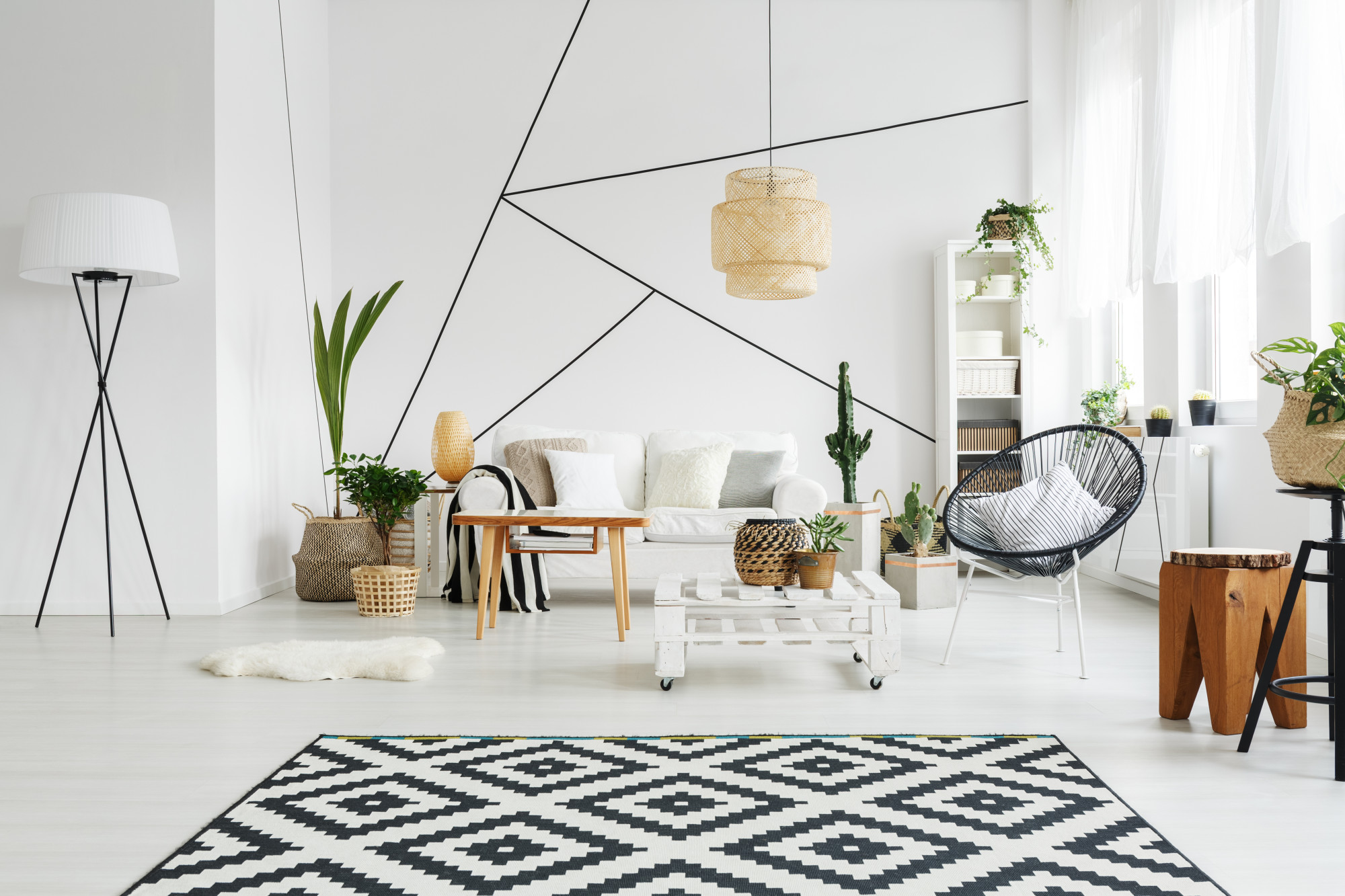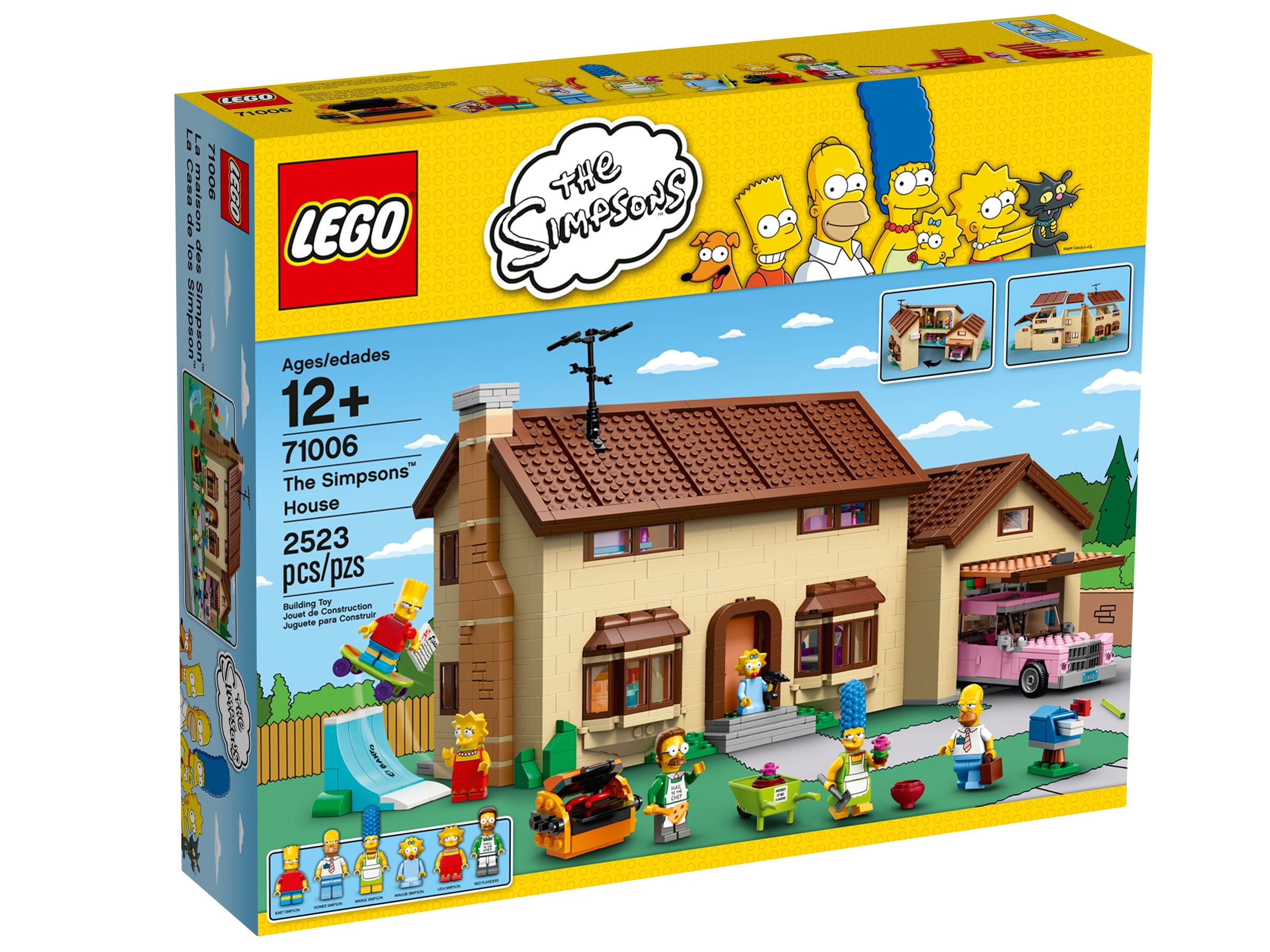Table Of Content

The studio based K5's interior around the Japanese notion of "aimai", which is used to describe things that are ambiguous or unclear. Here, the owners can lounge on furniture that Norm Architects designed together with Karimoku Case Study – the sister brand of Japanese manufacturer Karimoku. She advises selecting one lead color and one accent color but not expanding beyond those two hues. If you're familiar with Scandi design, you're sure to have come across the notion of "hygge." This is the Scandinavian concept of coziness in design and has found increasing popularity in the United States over the past few years. Basically, hygge means that your home should be your sanctuary and provide a feeling of comfort every time you walk in the front door.
What are the top Interior Design colleges in Lleida?
The new fusion décor: Rustic Scandinavian design plus Japanese sensibilities equals Japandi - National Post
The new fusion décor: Rustic Scandinavian design plus Japanese sensibilities equals Japandi.
Posted: Mon, 23 Aug 2021 07:00:00 GMT [source]
Japandi design reflects this principle particularly with its clean lines, muted colors, and the focus on the details. Kanso is a Japanese design principle based on simplicity and the elimination of clutter. It teaches us to create spaces free from unnecessary distractions, encouraging clarity and calm. Japandi color palettes are all about soft, neutral shades like whites, grays, and beiges, paired with subtle pops of earthy tones like greens, blues, and browns. As for the growing popularity of the Japandi look, in my opinion it can be attributed to our collective desire for a more mindful and intentional way of living, which is perfectly embodied by this elegant, functional, and sustainable design style. Muted pinks, blues, and greens can be used to accent meditative spaces and complement natural wood.
How Japanese and Scandinavian Styles Work Together
Located in Tokyo, the Inua Restaurant perfectly merges Scandivanian and Japanese aesthetics as well. Designed by OED Studio, the restaurant features Danish cabinetry and Japanese-style gardens. Danish timber floorboards are accentuated by the presence of a grid pattern on the ceiling. This intriguing pattern was inspired by the Japanese Tatami mats and their unique arrangement. Japandi is a combination of the words Japanese and Scandinavian, and it represents the fusion of Japanese minimalism and Scandinavian functionality in design.
How to Create a Japandi-Inspired Space
Concrete walls left in their raw natural state, and uncolored wooden furniture add a sense of Japanese minimalism to the restaurant. The neutral tones used in Japandi design should be chosen based on their ability to evoke a sense of calm and balance. They act as a blank canvas, allowing you to highlight a few carefully chosen pieces of furniture or decor items that will stand out against the muted background. Prioritize balance, practicality, and comfort, ensuring that every piece in the space has a purpose and contributes to the overall aesthetic harmony.
What is Boho Style? 6 Things All DIY Designers Should Know

Few design and decor trends capture the imagination quite like Japandi interior design. This unique style is a blend of Japanese and Scandinavian aesthetics, merging the minimalistic elegance of the East with the cozy warmth of the North. Japandi-style interior design offers a blend of tranquility, simplicity, and functionality. To better understand the essentials of Japandi style, its origins and philosophy are just as important as its calming color palettes and natural materials.
How to Decorate With Japandi Style
With careful planning, you can create a stunning Japandi space that’s easy on the wallet. Wabi is the beauty found in imperfection, while sabi is the charm of aged or weathered objects that tell a story. At first glance, they may seem similar, but wabi-sabi and Japandi are distinct approaches to design.
Newsletter
“The common love for craftsmanship is also found in Japandi style interiors,” she adds. Although these two styles are unique in their own right, I think they share many common elements like the use of natural materials, a preference for neutral color palettes and warm, functional spaces. Japandi style harmoniously blends the most distinct and favored features in Japanese and Scandinavian cultures.
The Impact of Lighting Design on Office Productivity and Well-Being
While both styles have a focus on the utilitarian, it's important to maintain a Zen-like sense of calm in your space. With Japandi style, there is "an emphasis on creating a cozy atmosphere," Adi says. And where the two approaches diverge, their differences actually complement each other.
Then add ceramics and stone objects that are both useful and beautiful. "Select furniture crafted from natural materials such as wood and stone, adorned in neutral tones like beige, grays, white, and black," says Vergara. "Drawing from Japanese design principles, we opt for sleek, minimalist furniture and design elements, prioritizing clean lines and uncluttered spaces to create a sense of calm and order," says Vergara. They transformed it into a serene and tranquil space by adding white-washed walls, cabinetry crafted from Douglas fir wood, and neutral-colored pieces of furniture. A palette of pale off-whites was maintained on most of the surfaces in the home.
If you're unsure what qualifies a space as Japandi, there are specific characteristics of the design style to be aware of. Japandi style homes feature an open floor plan, organic textures, clean lines, wood, multifunctional spaces, and calming color palettes. Focus on natural materials such as unfinished woods or bamboo pieces that bring in the feeling of nature and simplistic beauty. Leni Calas, the founder of Ward 5 Design, recommends using muted colors with hints of pale green or bringing plants and greenery into your home to give it a sense of outdoor living. Wooden pieces also fit well in Japandi style spaces, says Eilla Adi, the founder of Eilla Adi Design, who recommends oak wood furniture in particular. Japandi interiors make use of neutral tones, but they often include more dark colours than in a straightforward Scandi design.
Designed by LA-based Working Holiday Studio, Casa Mami is a holiday home located in Pioneertown, California. The designers drew inspiration from Scandinavian and Japanese designs for the interiors of the home. Beige walls, grey floors, and minimal and muted furniture pieces create a very Japandi-style home.
Look for pieces that will stand the test of time and work with your decor for years to come. It's a clear antidote to the one-time-use culture we have embraced for so long. The perfect fusion of Japanese and Scandinavian, Japandi design focuses on minimalist designs that are aesthetically pleasing yet highly functional.
The shared aesthetics of the two come together to create a style that is both easygoing and sophisticated. The key principles of Japandi style are minimalism and simplicity and that plays out in the use of natural materials and a light color palette. "Functionality and practicality are key, with every element serving a purpose to maintain a clutter-free and efficient living environment," says Vergara. In the realm of interior design, where trends come and go with the passing seasons, Japandi style stands as a timeless testament to the power of simplicity, balance, and harmony. We are reminded that Japandi design is not merely about creating beautiful spaces; it is about cultivating a way of life that celebrates mindful living and meaningful connections. Through the marriage of Japanese minimalism and Scandinavian warmth, Japandi style offers a sanctuary from the chaos of the modern world, inviting us to slow down, embrace imperfection, and find beauty in the everyday.
Located on the sixth floor, the outdoor space features a heated infinity pool, a jacuzzi and a restaurant lounge that only hotel guests can access. I gravitate towards clean lines, simple forms, and things that can serve multiple purposes or adapt to different spaces – they reflect the Japandi commitments to practicality which is great. It’s also efficient and space-saving – great for small spaces like apartments and flats. Japan is known for its Zen philosophy and minimalist approach, and has inspired designers worldwide with its style of clean lines, muted colors, and elegant simplicity. Drawing on the Japanese concept of wabi sabi—the appreciation of perfection in imperfection—Japandi emphasizes natural materials and a deep connection to the environment.









